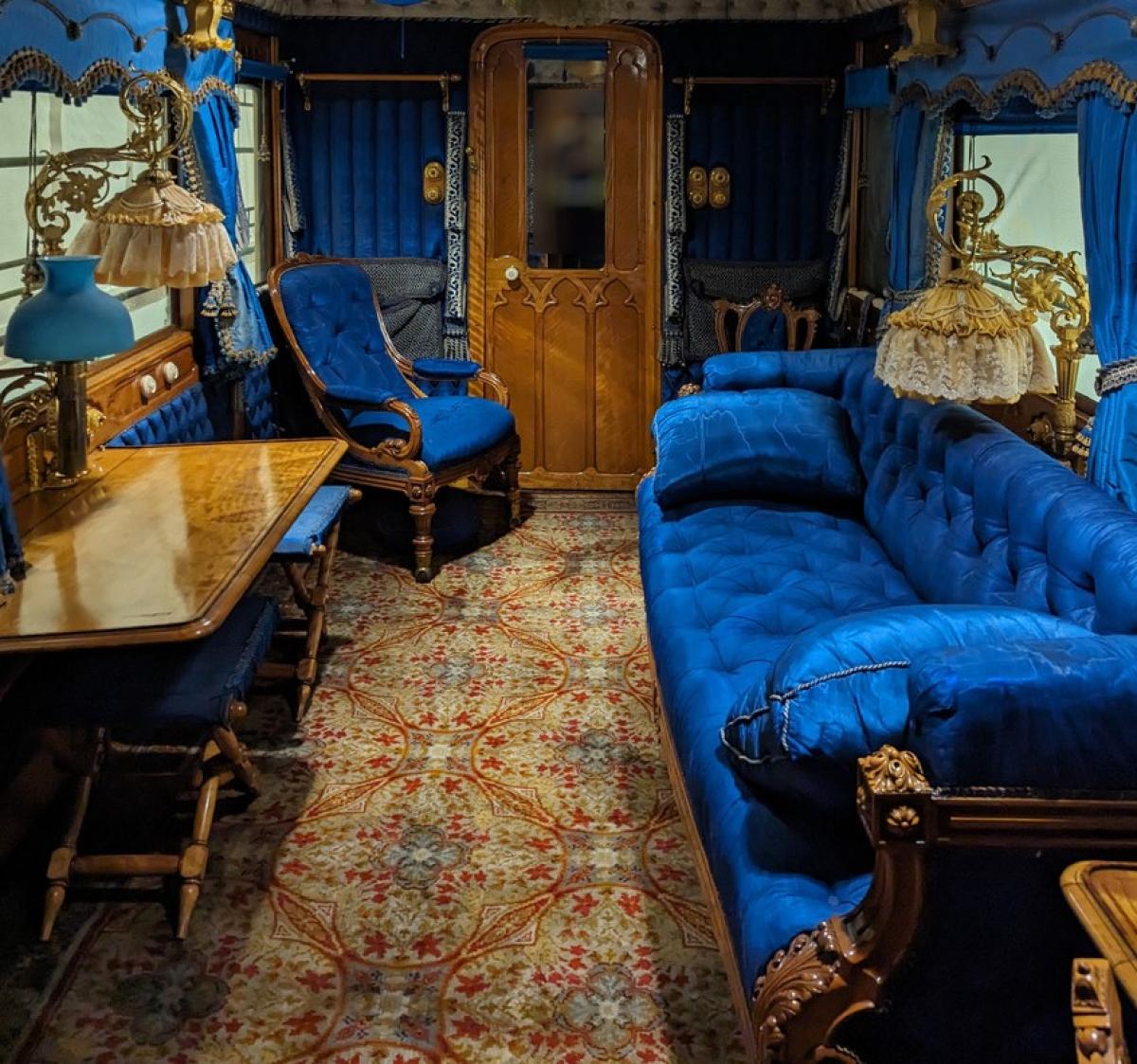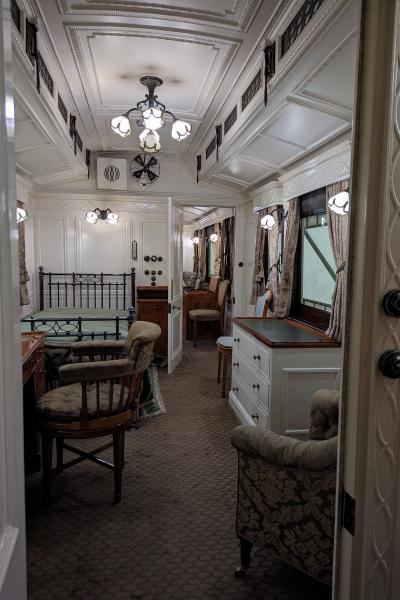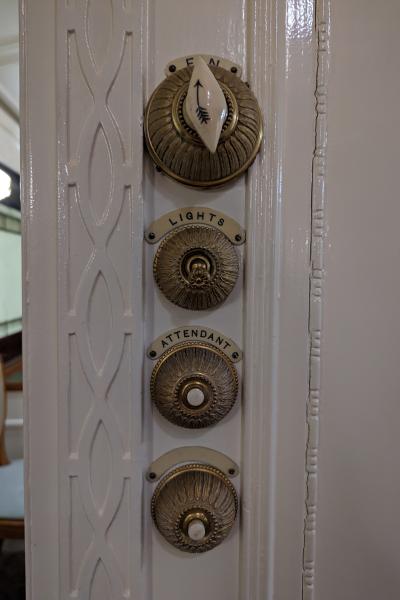
National Railway Museum, York
In the centre of York, stands a treasure trove of railway history, the National Railway Museum. Home to an extensive and significant collection of locomotives, carriages, and railway artefacts. The institution is a beacon for enthusiasts, historians, and day-trippers alike. However, as time and weather have taken their toll on Station Hall: one of the buildings that houses these valuable treasures: it has become imperative to embark on a significant re-roofing project. This is the museum’s biggest structural project since its opening in 1975.
Work started in early 2023 to build protective structures around the collections to shield them whilst the works are being carried out.
Buttress’ marketing team members visited to meet some of the people behind the scenes who continue to conserve the historic collections whilst the work to reroof the hall continues.

Karen Baker, librarian at the National Railway Museum
"At the heart of this collection are the carriages themselves. These locomotives and carriages are not mere objects; they are vessels of history, transporting us to eras long past. Among these historical icons are Queen Victoria's train, King Edward's train, Queen Mary’s and the Queen Mother's train, each carrying its unique narrative and significance in the annals of British history.
“The trains also provide an insight into the transition through the Royal Family Members and how they, themselves used the trains. In 1840, Queen Adelaide became the first member of the British Royal Family to travel by train and later, Queen Victoria in 1842, pioneered the use of the train as a mode of transport taking her throughout her kingdom and to her favourite Balmoral.
“The more recent royal carriages show how family members went on to use the carriages as offices of work and initiated working on the move – such as the 1903 King Edward’s saloon which is furnished with a radio and a writing desk. His carriage even includes a bathroom and a bedroom enabling the King to carry on with the important work, rest and relax whilst on the move.
"These trains, along with countless others, are living testimonies to the evolution of railway technology and its profound impact on society.”
Chloe Hemsley, assistant project manager from the Science Museum Group explains why moving the trains isn’t an option:
“To reroof a warehouse of considerable size involves a huge operation and it is easy to assume that the simple option would be to move the collections out of the building, keeping them safely out of harm's way. The answer lies in each carriage’s immense size and the logistics involved. Many of the carriages are sizable and cumbersome, some with intricate and delicate designs that make them difficult to relocate. The other issue is, where would they go? There isn’t another warehouse on site to put them. Consequently, the re-roofing must be done with the historic collection in situ – this includes the carriages used by Queen Victoria and Queen Mary.”



Dean Smith, senior conservator explains the importance of monitoring the collection
“Whilst it’s extremely important to protect these historic items, it’s equally as important that we can get access inside the carriages to carry out our routine checks and tests. We diligently inspect the trains for environmental condition changes and pests throughout the year. Before the construction works, this was carried out regularly. Today, with atmospheric and environmental changes and the increased dust, these have now increased in frequency. For this to happen, the protection scheme needs to allow for access to the carriages and inspections to take place. We are required to monitor for pests such as moths, which lay their eggs in the delicate fabrics which result in permanently ruining the material. Just by looking across to the sumptuous fabrics within Queen Victoria’s carriage, this would be disastrous.”
Emily Green, Buttress, architect
“I think the most challenging but exciting part of the project is working around the collection, made up of significant railway vehicles including royal carriages. The best part about working in a museum is seeing how much the public loves and interacts with the collections, it will be amazing to see them framed in a new light once the improvements have been completed.”
The re-roofing project at the National Railway Museum is not merely about maintaining a building; it's about safeguarding the essence of British railway history. The significant collection are the vessels that carry the stories of a nation.
When the work is completed, the legacy of these trains will continue to inspire and educate generations to come, and it is envisioned that over a million people will visit and enjoy the exhibits. As the construction work progresses, the National Railway Museum's collections are poised to emerge from this chapter in their history stronger and better displayed, ready to continue telling the remarkable story of British railways for years to come.
Alex Scrimshaw
Alex is an experienced architectural technologist working within the practice’s historic buildings team.
Emily Green
Emily is a skilled architect whose experience ranges from small residential schemes to large-scale industrial masterplans.

